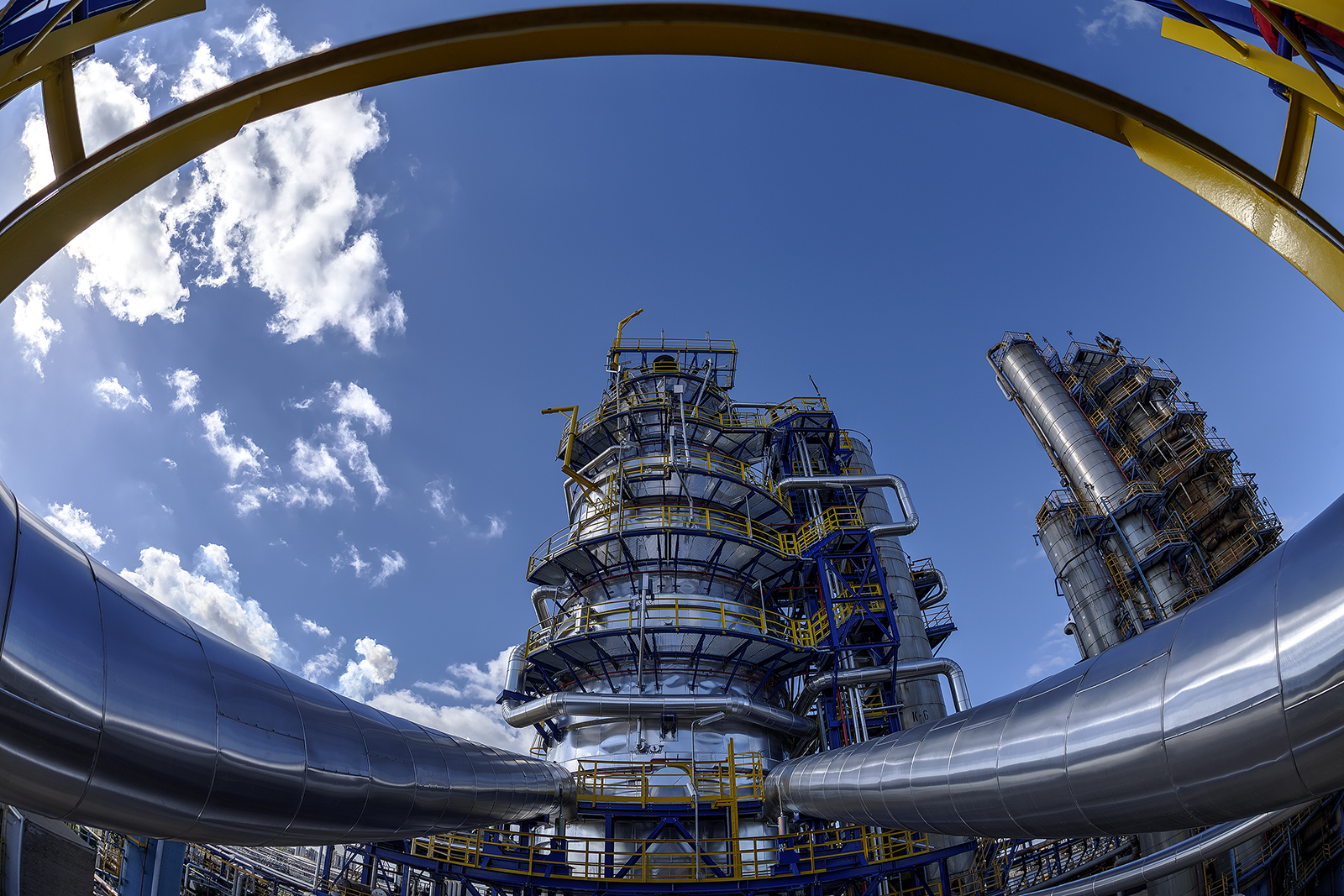
PKN ORLEN has signed an agreement for the purchase of a licence and basic engineering design for the upgrade of its vacuum residue hydrodesulphurisation (HOG) unit. The project will help improve production efficiency at the Group’s plant in Płock by increasing the yields of high-margin products: gasoline and diesel oil.
‘We invest in expanding our refining assets, focusing on products that generate the highest margins. This is our response to global changes in the fuel and energy industry, including tightening of regulatory requirements around the world. In a parallel effort, we are building a complete value chain to strengthen our market position and improve our ability to compete even in the face of macroeconomic headwinds,’ said Daniel Obajtek, President of the PKN ORLEN Management Board.
Following implementation of the latest commercially proven achievements of the H-Oil technology, that are being analysed by PKN ORLEN, the Płock plant’s HOG unit could rank among the world’s most advanced units of its type. The HOG unit is of strategic importance to PKN ORLEN in the context of new regulations of the International Maritime Organisation (IMO), which have reduced the maximum sulphur content of marine fuels from 3.5% to 0.5%. The quality of residue from the unit allows it to be used as a main component of heavy fuel oil, including as a marine fuel.
Under an agreement signed with Axens, PKN ORLEN will acquire rights to use technical solutions currently employed in state-of-the-art vacuum residue hydrodesulphurisation units and obtain documentation enabling their implementation. Basic engineering design work and the launch of general contractor selection are planned in the coming months.
The HOG unit started commercial operation in 1999 and is a key unit of the Płock refinery in terms of generated margins. The vacuum residue hydrodesulphurisation technology helps to get more higher-value products from a barrel of oil. The processes occurring in HOG reactors improve product quality.
‘The key goal of the HOG unit upgrade is to increase the Group’s margins by improving diesel yields, maximising catalyst potential and eliminating the need to perform spring maintenance on the vacuum tower,’ said Zbigniew Leszczyński, Member of the PKN ORLEN Management Board for Development.
At PKN ORLEN’s request, Axens previously carried out a feasibility study for the HOG unit upgrade, identifying the scenarios and areas for potential improvement in unit performance.


